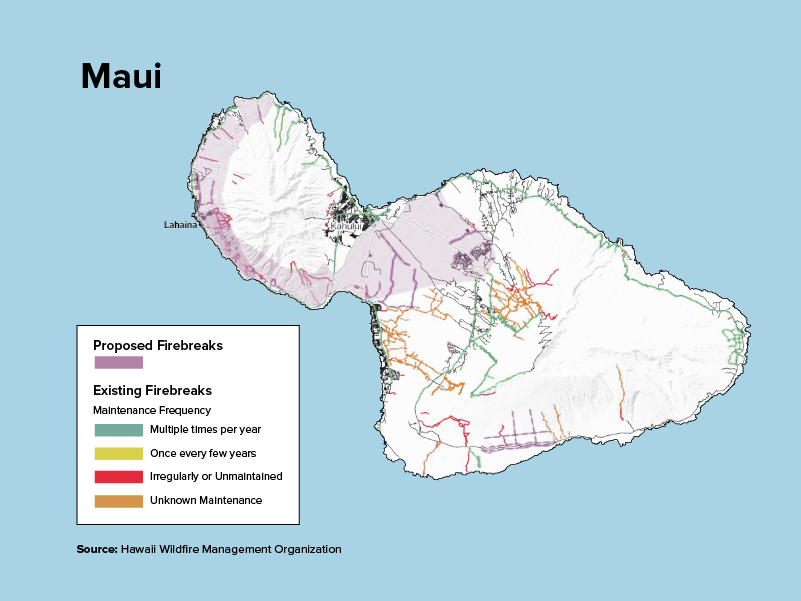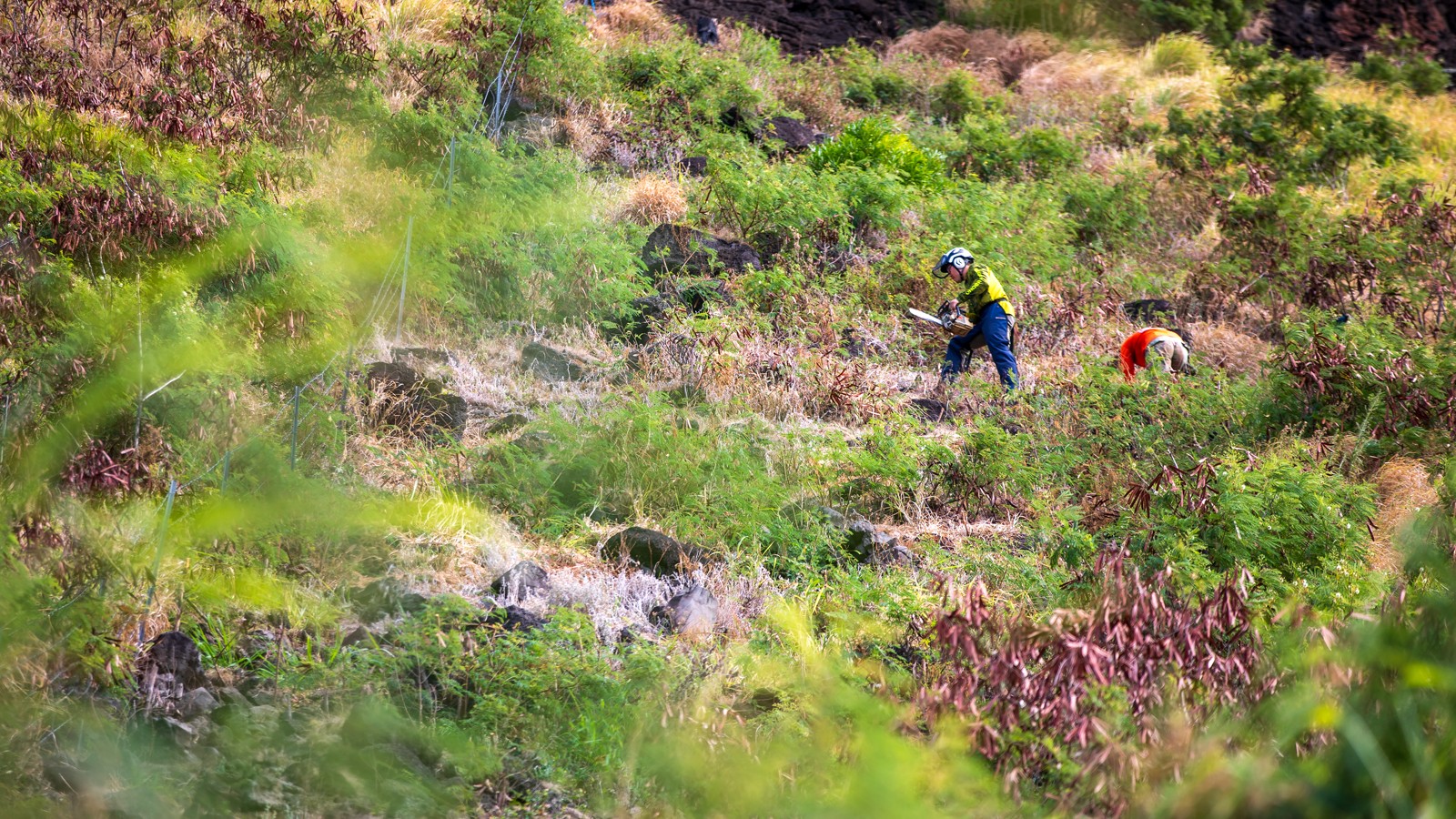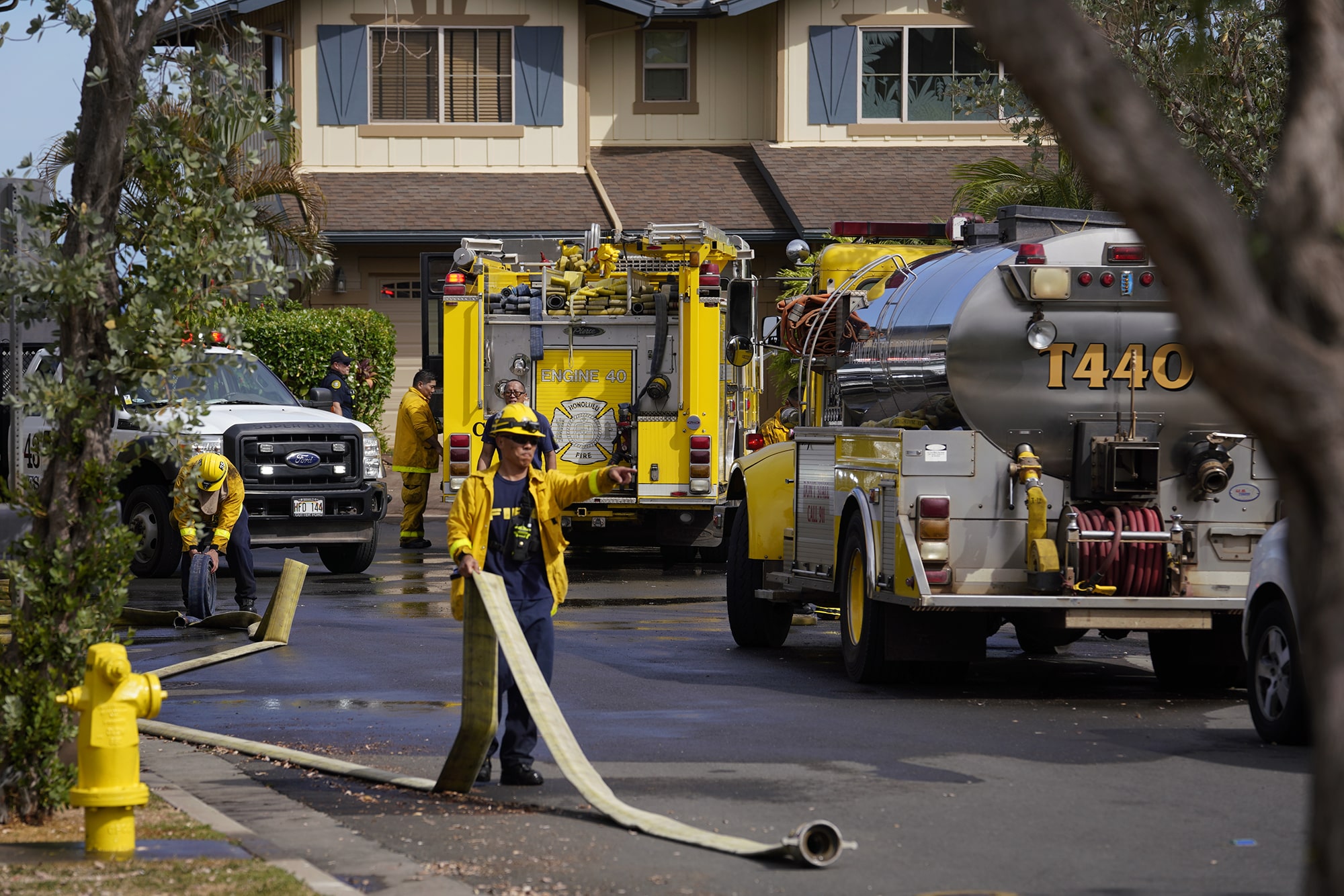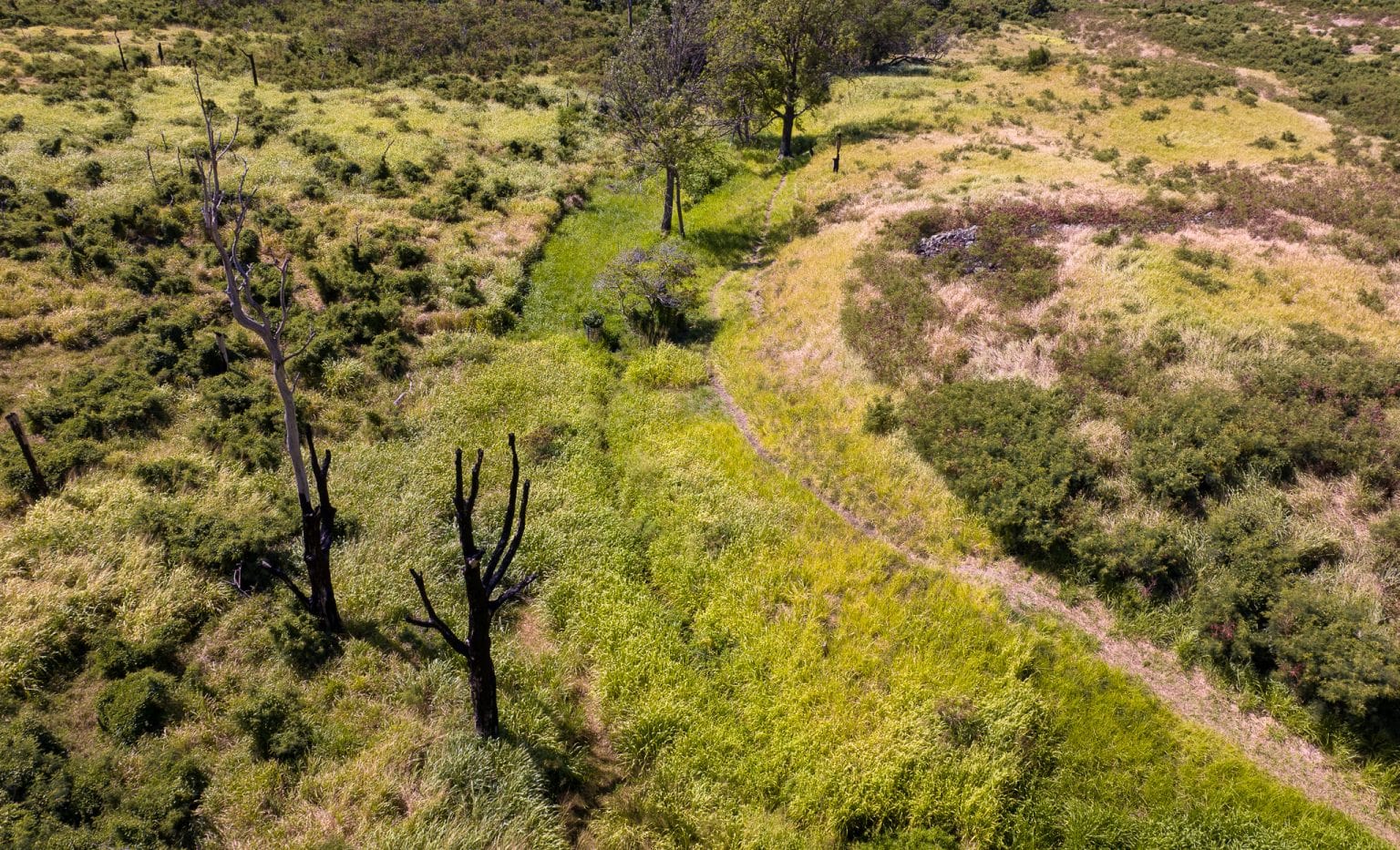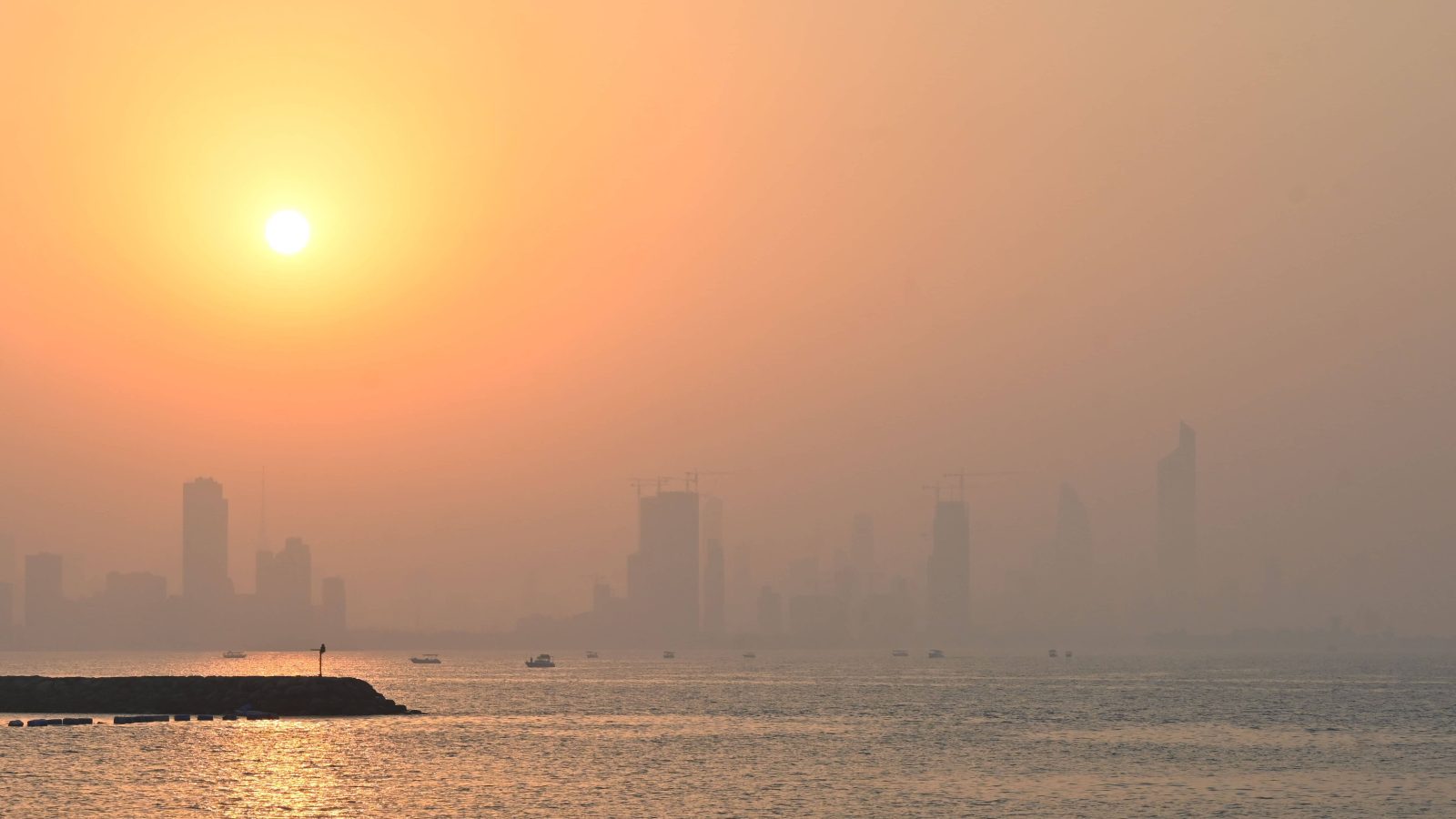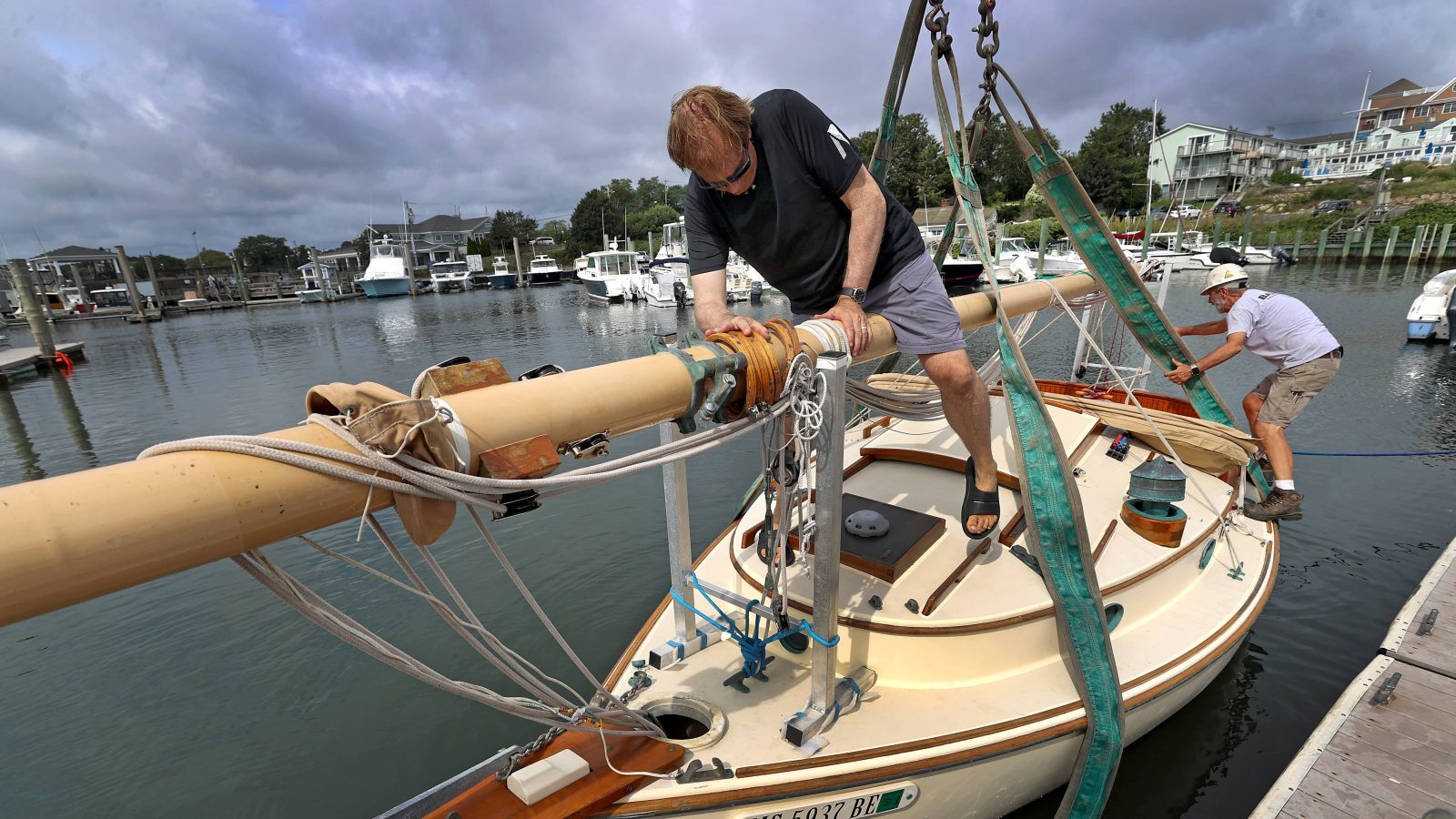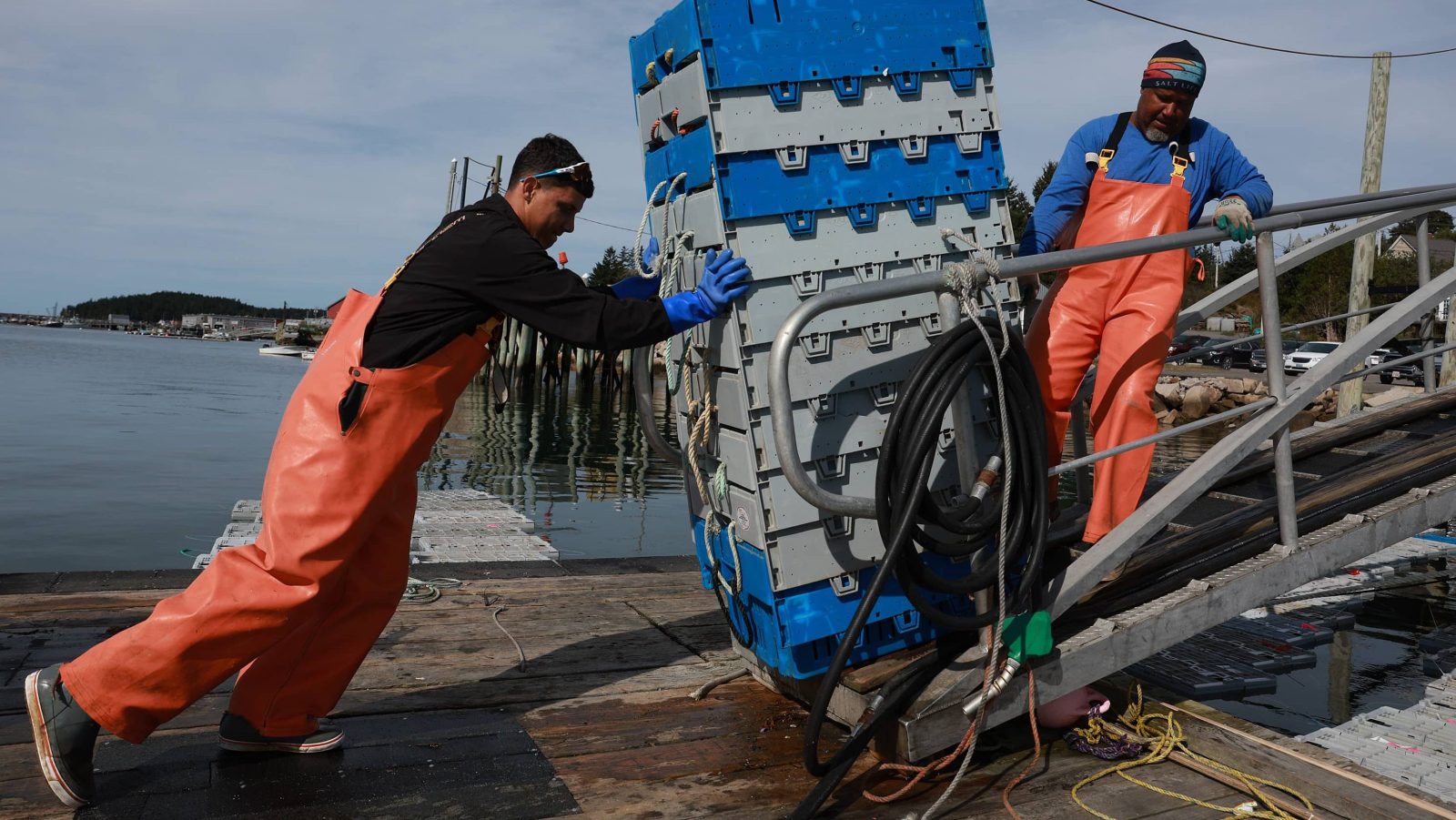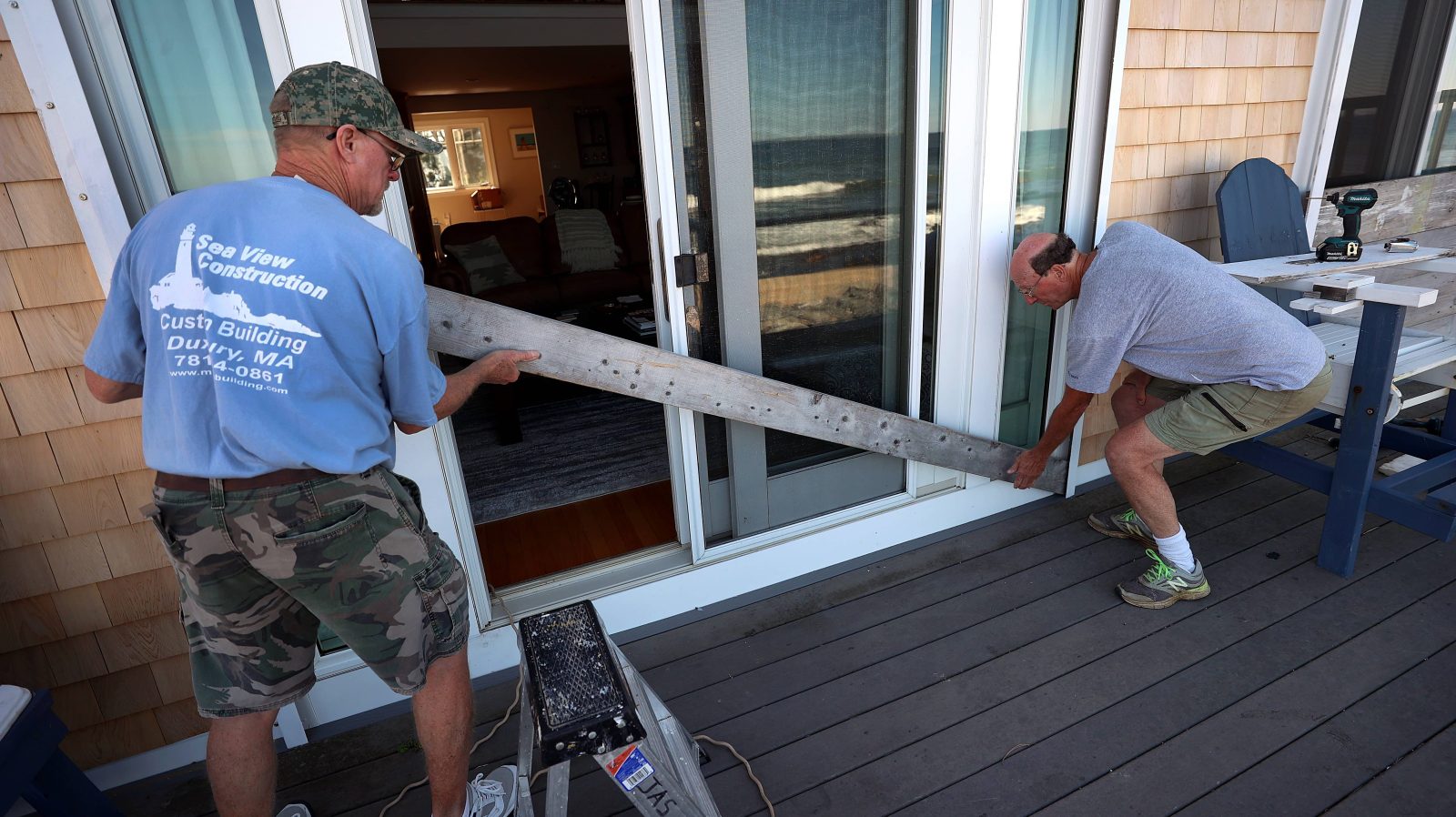For decades, communities living in the shadows of the nation’s petroleum refineries were in the dark about the quality of the air that they breathed. Residents in places like Port Arthur, Texas, and Artesia, New Mexico, could sense their exposure to toxic pollution on days when the air was thick with the sweet smell of benzene, a carcinogen. But access to information on the actual levels of chemicals in the air — data that could help vulnerable individuals make critical decisions regarding their health — was largely unavailable.
That changed in 2018, when the federal Environmental Protection Agency, EPA, began requiring refinery operators to monitor concentrations of benzene around the fencelines of their facilities — and, crucially, to publish the results of those measurements online. Since then, benzene concentrations near the country’s 118 refineries have trended downward. However, a lack of enforcement and a dearth of monitoring data has still left some communities behind, according to a new report from the Office of the Inspector General, or OIG, the EPA’s internal watchdog.
The report authors analyzed data from 18 refineries that exceeded the federal benzene “action level” — the level above which operators are required to take corrective measures — between January 2018 and September 2021. They found that 13 of them continued to violate federal standards in 20 or more weeks after their initial violation. Many of these refineries, the report noted, are located in and around neighborhoods of color. The report raises doubts that merely asking companies to collect and report their own data as well as analyze the causes of their own violations, as the 2018 fenceline monitoring requirement did, will lead them to keep their toxic emissions below permissible levels.
Environmental advocates argue that such measures must be accompanied by robust enforcement action from the EPA.
“Even if it has helped a little bit, it’s not enough,” said Ana Parras, co-director of the Houston-based Texas Environmental Justice Advocacy Group, of the agency’s fenceline monitoring requirements. “The lack of enforcement, it’s always been there.”
The report comes as the EPA has made efforts to incorporate similar fenceline monitoring requirements into other air pollution regulations. Most recently, the agency proposed to require monitoring in a rule that covers many of the nation’s most toxic chemical plants, a high percentage of which are concentrated in the industrial corridors of Texas and Louisiana. Like the regulations for petroleum refineries, these rules would require operators to analyze the cause of their violations and submit a “corrective action plan” to the agency if they continue to violate federal standards.
When the EPA issued updated regulations for petroleum refineries in 2015, it was the first time that operators of large industrial facilities were required to monitor and report their toxic emissions. The new rules were seen as a novel approach to pollution reduction: Until that point, refinery pollution was controlled through various technologies designed to capture and eliminate emissions; with the exception of occasional facility inspections, regulators effectively took operators at their word that they were operating correctly. When the new regulations went into effect in 2018, refinery personnel had to submit measurements to the EPA every two weeks, and conduct an analysis to identify underlying problems if their average benzene levels exceeded the federal action level of 9 micrograms per cubic meter of air over that period.
The advent of these requirements surfaced information that was previously unavailable to the public and regulators alike. As the data slowly came online, it became clear that the emissions around certain refineries were severe, in some cases exceeding federal standards for many months on end.
Despite this, state and federal regulators failed to curb a number of these emissions. The OIG report pointed to several potential reasons for this, including operators’ failures to identify the cause of their emissions and limited enforcement action by the EPA. In some cases, enforcement was stymied by the fact that refinery operators did not submit monitoring results at all. In others, they estimated nearby industrial plants’ contributions to airbore benzene levels using computer models, instead of actual air monitors, as required by the law.
A failure to reduce benzene levels could cause serious long-term health effects in communities near refineries, according to the report. Benzene is just one of a litany of chemicals released during the process of refining crude oil. Prolonged exposure over years has been linked to leukemia and other cancers of the blood, and breathing high concentrations of benzene in the short term can cause shortness of breath, headaches, and dizziness.
Parras told Grist that residents of cities like Port Arthur and nearby Baytown, Texas, are no strangers to these symptoms. According to the OIG report, Texas is home to 9 out of the 25 refineries where benzene levels exceeded the action level at least once.
“There’s days that you go down there and the smell is so powerful, people don’t want to get off the bus,” Parras said. “This is life on the fence line.”
In its report, the OIG recommended that the EPA improve its approach to addressing unsafe levels of benzene near refineries by providing better guidance to state and local regulators on what constitutes a violation and how to identify gaps in the data that companies submit. The report also advised the agency to develop a strategy to address refineries that continually exceed federal standards. The OIG wrote that the EPA had agreed with its set of recommendations, and that it considered them to be “resolved with corrective actions pending.”
This story was originally published by Grist with the headline New EPA watchdog report says refineries can’t police themselves on Sep 18, 2023.

